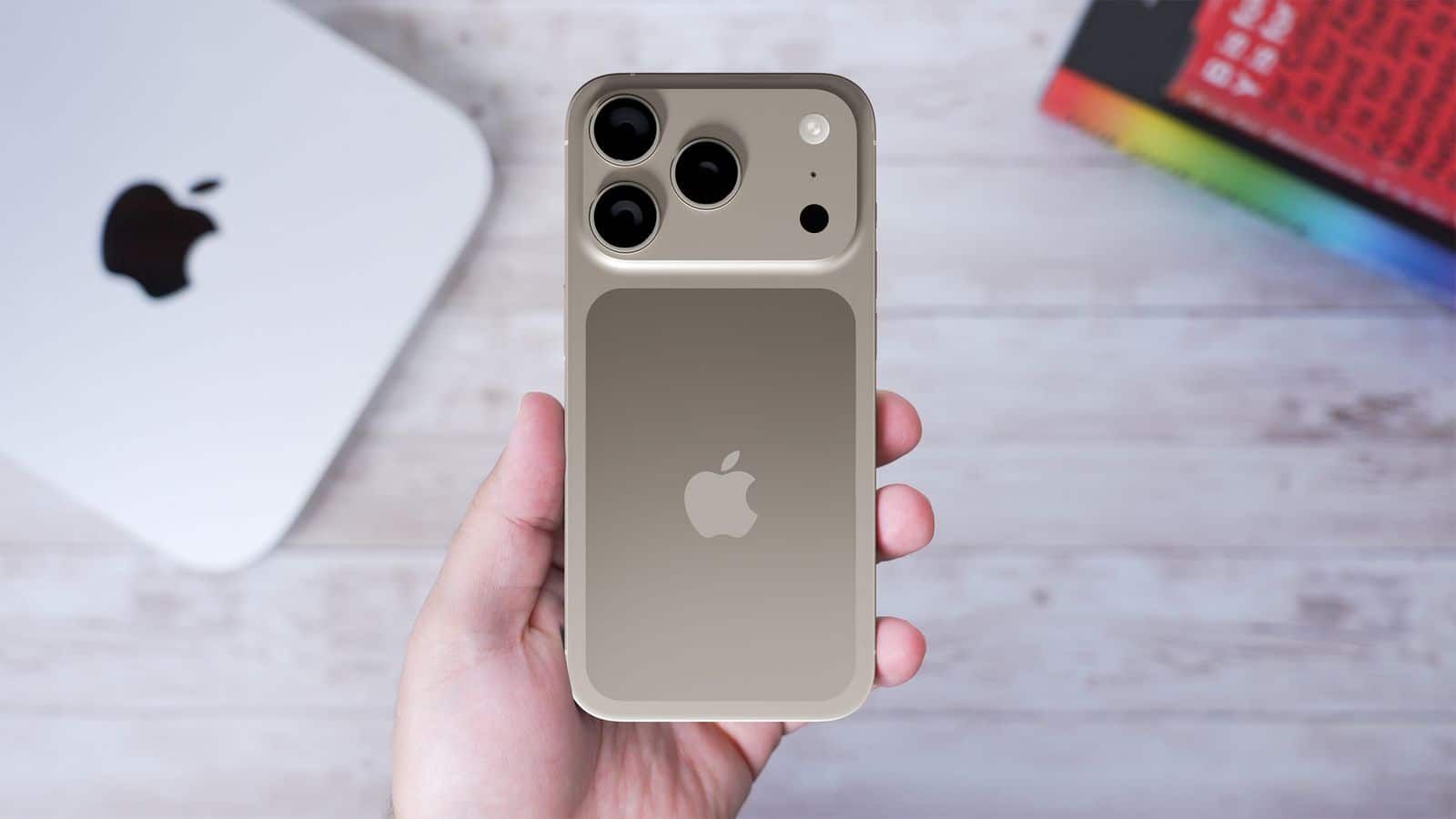The iPhone 17 Pro is about to break an eight-year streak. After holding the line at $999 since 2016, Apple's premium smartphone could finally see its price tag climb to $1,099 when the company unveils its latest lineup on September 9th.
You can also set us as a preferred source in Google Search/News by clicking the button.
The price increase isn't happening in a vacuum. According to TrendForce's latest report, Apple is preparing four flagship devices for 2025: the iPhone 17, iPhone 17 Air, iPhone 17 Pro, and iPhone 17 Pro Max. The shift represents more than just numbers on a price list - it signals Apple's strategy to extract more value from premium features while navigating a complex landscape of tariff pressures and manufacturing costs.
Multiple Wall Street analysts are converging on similar pricing predictions. J.P. Morgan's Samik Chatterjee estimates the iPhone 17 Pro will start at $1,099, while keeping the iPhone 17 Pro Max steady at $1,199, according to MacRumors. Jeffries analyst Edison Lee has baked a $50 average selling price increase into his iPhone 17 projections. The consistency across these independent forecasts suggests Apple has already telegraphed its pricing strategy to key partners.
But here's where it gets interesting: the $100 bump might not feel as steep as it sounds. Industry sources indicate the iPhone 17 Pro will ship with 256GB of base storage, doubling the current iPhone 16 Pro's 128GB starting capacity. Apple has historically charged $100 for storage upgrades between those tiers, which means customers are technically getting the same value proposition - just with a higher entry point.
The Tariff Dance and Tim Cook's Washington Gambit
The pricing discussion can't be separated from the broader tariff conversation swirling around Apple's business. CNBC reports that despite Tim Cook's diplomatic efforts with the White House - including that gold-plated plaque presentation to President Trump - price increases may still be inevitable. Apple CEO Cook has "largely navigated the threat of tariffs successfully," according to Wall Street commentators, by securing exemptions on key semiconductor components.
Yet the specter of tariffs provides convenient cover for price increases that Apple might have implemented regardless. "A lot of the chatter is: Will the iPhone go up in price?" CounterPoint research director Jeff Fieldhack told CNBC. The answer, it seems, is a qualified yes - but probably not because of tariffs alone.

JP Morgan's analysis suggests Apple will be "largely shielded from tariffs" thanks to the semiconductor exemption secured in August. This means the price increases are more about positioning and market dynamics than regulatory pressure. Smart move, really - raising prices while you have geopolitical cover is classic Apple strategy.
The new iPhone 17 Air adds another wrinkle to the pricing puzzle. TrendForce expects the Air to cost $50 to $100 more than the iPhone 16 Plus it's replacing, potentially landing between $899 and $949. The Air model will use silicon anode batteries and eSIM configurations to achieve its ultra-thin profile, but those design breakthroughs come with premium pricing.
What makes this particularly fascinating is how Apple is reshaping its entire product matrix. The company is reportedly planning to adjust its release cycle, with sub-flagship models launching in the first half of the year, followed by the Air, Pro, Pro Max, and even a foldable device in the second half. This creates what TrendForce calls "a richer, more clearly segmented product matrix" - industry speak for more ways to extract money from different customer segments.
The hardware upgrades help justify the premium pricing. Every iPhone 17 model will feature major camera improvements, with front cameras jumping from 12MP to 24MP and all rear cameras hitting 48MP. The Pro models get redesigned rectangular arrays and enhanced optical zoom capabilities. Under the hood, the iPhone 17 and Air will run the A19 processor, while Pro models get the A19 Pro. RAM increases to 12GB across the Air, Pro, and Pro Max models.
Despite these improvements, TrendForce projects only a modest 3.5% increase in total iPhone 17 shipments compared to the iPhone 16 series. "Sluggish global economic conditions and the potential for higher prices on premium models may temper overall demand," the research firm notes.
For consumers, the message is clear: Apple's premium pricing strategy isn't going anywhere. The company has maintained remarkable pricing consistency for nearly a decade, but that era appears to be ending. Whether customers will embrace the higher prices for legitimately improved hardware remains the billion-dollar question facing Cupertino this fall.













